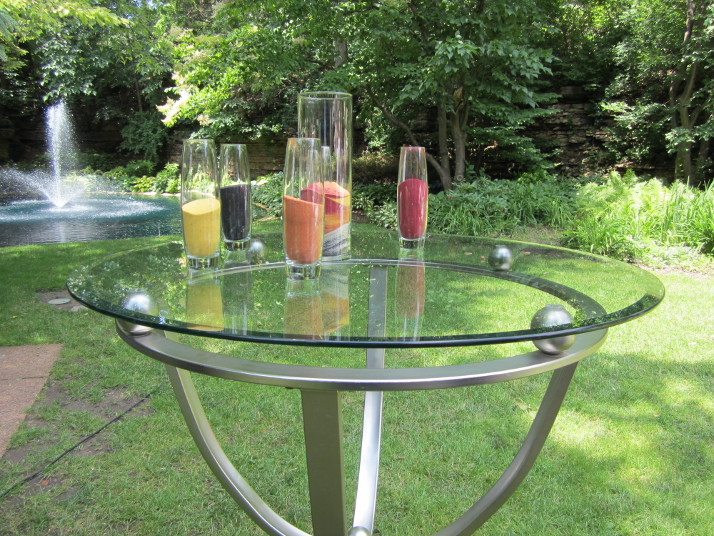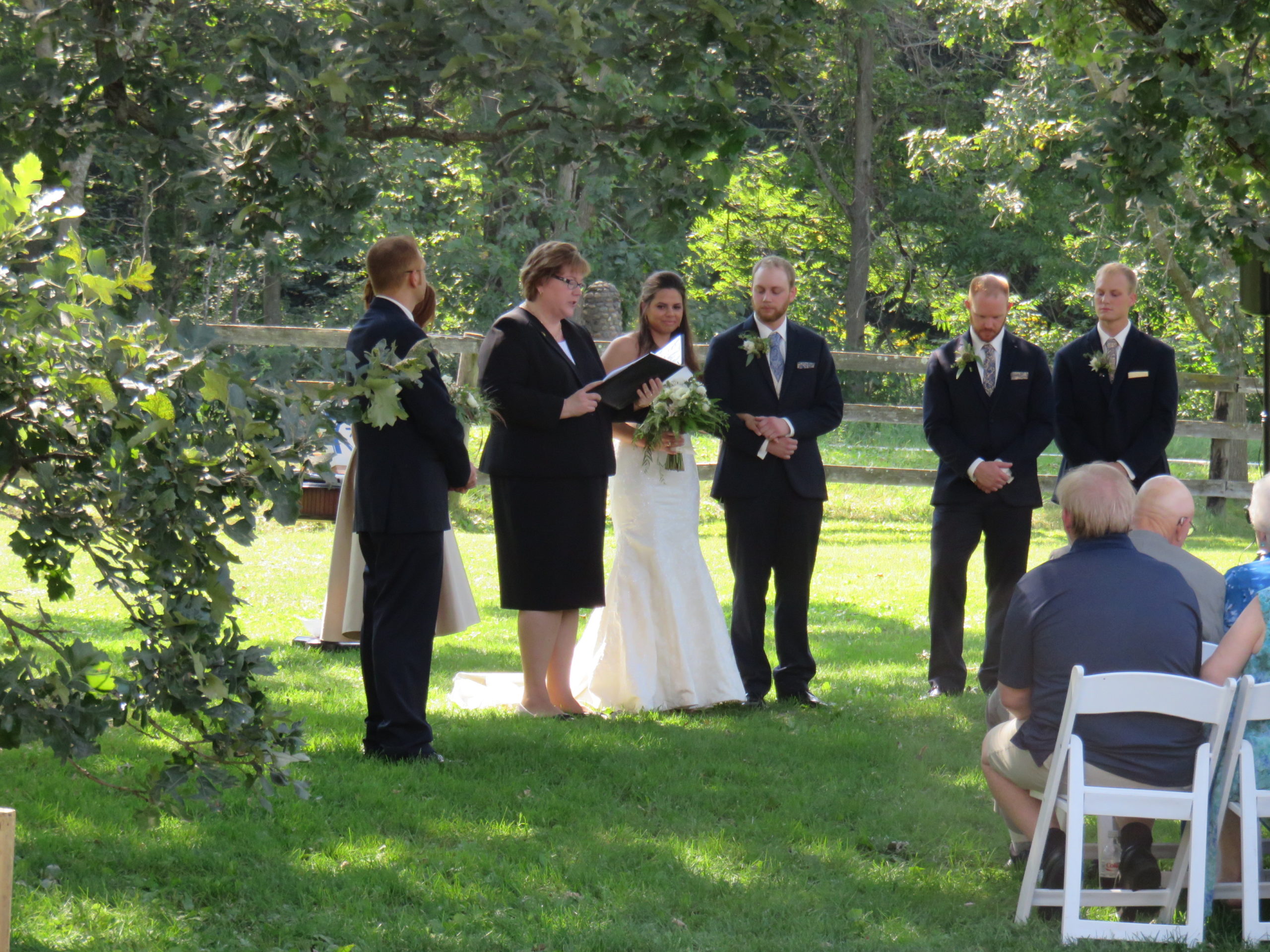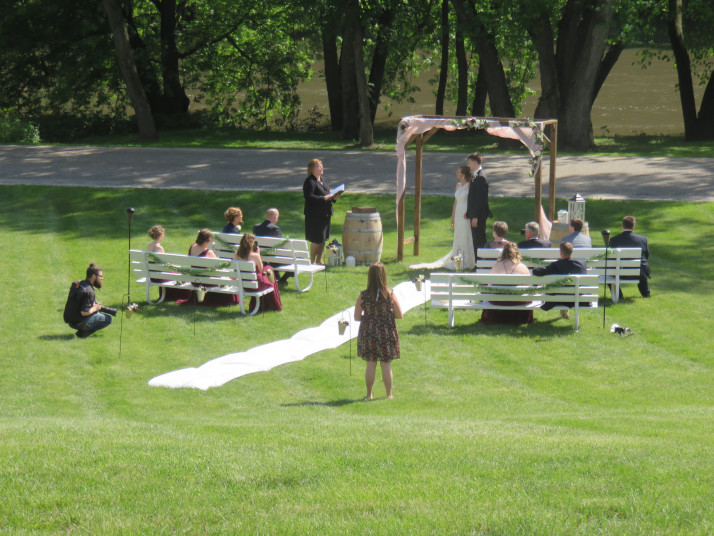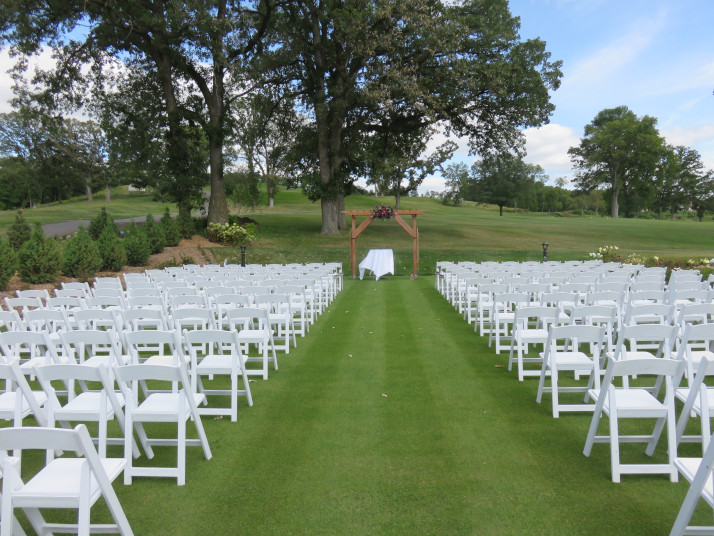Fall Weddings – Embrace the Season
Fall Weddings offer beautiful colors and relief from the heat of summer, but have challenges of their own. September and October have become some of the busiest months for weddings in our area. June and July, traditionally the busiest time, have been uncomfortably hot in recent years, helping drive the interest in fall gatherings.
September weddings can be particularly tricky as some of our warmest weather has occurred during the first weeks of the month. I remember an early September ceremony in the lower gardens at Plummer House that had many guests scurrying to look for some shade. While we think of September as part of the fall season, especially if you’re planning a wedding early in the month, you’ll want to be prepared for heat, too. Consider options for shade for your guests. Provide paper fans and/or bottled water to help them stay comfortable. And remember the potential for really hot weather when choosing attire for your wedding party. Short dresses for women, and shirts and suspenders for the men may be great choices.

Later September into October brings changeable weather to our area. You’ll want to be prepared for anything from high 40’s to mid-70 degree temperatures. And don’t forget the wind, which turns cool and can make it feel downright cold. But you’ll also get some beautiful fall colors at this time of year. You may choose typical fall colors of golden yellows, reds and oranges, purples or browns for your decor and ceremony colors. Vines and leaves, even pumpkins and gourds can be utilized to bring the season into your wedding experience.
Fall weddings can be as fresh and lovely as the weather. Brilliant colors bring a festive tone to pictures, especially if you are graced with a sunny day. Embracing the fall season and incorporating it into your wedding theme will make for a memorable experience.



